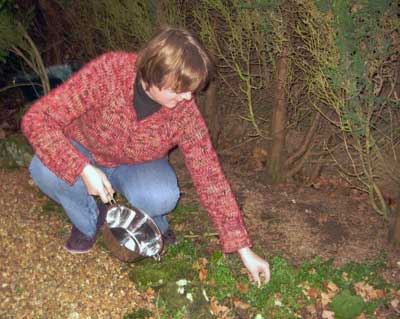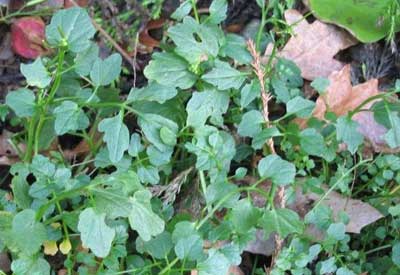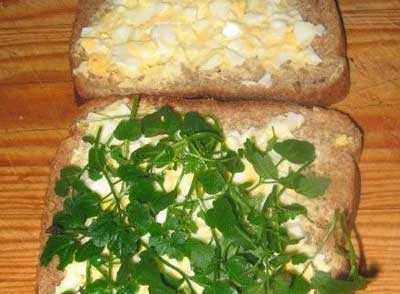Credit Crunchy
By Ruth D’Alessandro, The Wildlife Gardener In these lean economic times, the Wildlife Gardener is always looking for ways to trim the family food budget and cut down on wastage.

I have given up buying those poly bags of salad leaves because, with the best will in the world, some of the contents invariably go off and end up in the compost bin. I buy compact little gem lettuces that have a longer fridge life and are more likely to be eaten. But they’re not very exciting. We like spicy, peppery leaves. I have some rocket and land cress growing in the garden but they’re not ready yet. The wonderful Moro East cookbook is a celebration of the last days of a now-defunct century-old East London allotment site, tended by people of many ethnic backgrounds including Cypriots and Eastern Europeans. The thriving and historic allotments were paved over in 2007 to make a walkway to the hockey stadium for the 2012 Olympics… read the whole sorry story here. I was flicking through the book which tells this story when I saw a picture of the weeds that are growing all over my driveway:

Apparently, this is hairy bittercress (Cardamine hirsuta), an edible wild vegetable, much prized in Turkey and Cyprus. All I had in for lunch that day was some bread and some eggs ” I had run out of salad. So, I foraged these natural leaves and made up some egg-and-hairy-bittercress sandwiches…

And… yum!

Tastier than supermarket cress, organic, and free! Watch this space as the Wildlife Gardener gets into further wild food foraging.
- Spurn Spawn! - 26th February, 2014
- Bluebells on wheels: axles of evil? - 2nd February, 2011
- Raising the ba: Wildlife and the Ancient Egyptian Book of the Dead - 8th January, 2011

Yes – you can even eat that pernicious weed, ground elder. Revenge!
Hurrah for free food! You should see if your local library has a copy of Richard Mabey’s book “Food for Free ” – there are so many edible weeds in there!
” – there are so many edible weeds in there!